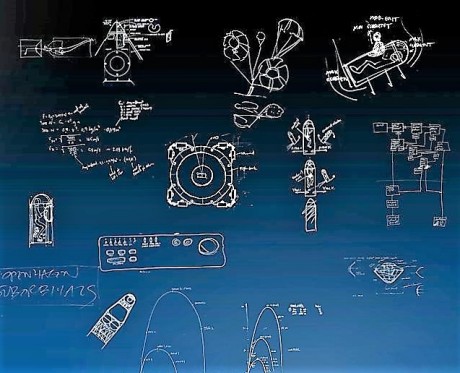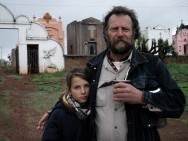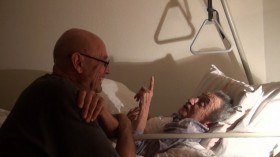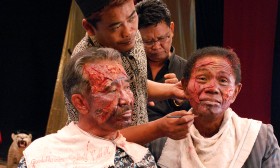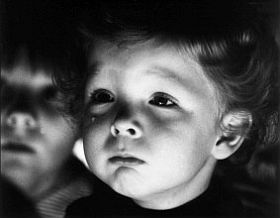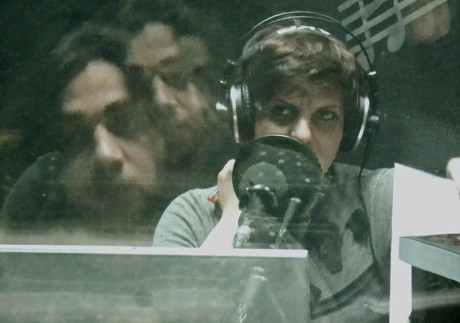


Northern Lights Documentary Hub Minsk
Producer and festival director Volia Chajkouskaya launched a two-day documentary workshop in Minsk for young filmmakers and students at the Academy of Arts in the capital of Belarus. Arranged and funded by the Danish Cultural Institute based in Riga. The title of the event was ”how to become an internationally agile documentarian”, full house to watch and listen to director of the Danish Cultural Institute Simon Drewsen Holmberg, producer Uldis Cekulis and me. The two days (October 28-29) included on the first day a general talk by me and Holmberg about ”the good project” and ”the good pitch”, a detailed case study from Uldis Cekulis on the ”Ukrainian Sheriffs” by Roman Bondarchuk and Darya Averchenko, a film that Cekulis produced, awarded at the IDFA festival last year and now the Ukrainian nominee for the Oscars this year. Holmberg is (also) a specialist in legal matters related to co-production – he held a lecture on contracts and copyright, and who can be considered as ”authors”. (Photo).
On the second day 12 of the participants pitched projects including a teaser or a trailer. We tutors made comments on the way they
pitched and on content and style. Normal workshop procedure. The projects were on different stages from development to post-production. Taking into consideration that there – in reality – is no funding available from the Belorussian Ministry of Culture, it was encouraging to experience the passion behind projects developed out of own pocket. Some are naturally targeting a local audience, others like ”Mein Deutschland” by Alexander Svishchenkov and ”Babushka” Aleksander Mihalkovich could go for international workshops and pitch events.
For me it was a return to Minsk. I was there for the festival Listapad last year in November (Listapad means November) and saw good Belorussian documentaries – and I was there 21 years ago! At that time the meeting with documentarians of the country was not officially announced. Films were made that opposed the government and the president, whose name was and is Lukasjenko, who came to power in 1994. Two names come to my mind from that time, director Yuri Khashchevatsky (among others ”Kalinovski Square”) and producer Volha Nikalaichyk.
On this occasion, the other day, from the same generation, I was happy to shortly say hello to auteur Victor Asliuk and his producer-wife Volha, who in September in Riga presented their excellent project, ”Being Soviet”.
Part of the two day seminar was also Andrei Kutsila, who has tried the international scene several times and who wisely told his colleagues that going to pitching sessions had made him understand and improve his film project to become better, simply by thinking and talking about it.
Kutsila is an obvious talent, who earns money by working for television, Belsat, and does his works without even thinking of applying to the Belorussian Ministry of Culture. The interesting film he is working on right now has ”Strip and War” as working title.
Is there any opposition to the system, I asked the workshoppers in a break. The answer was no, the filmmakers are not organised, they think about themselves and not about organising… maybe this small two-day event could be a step in that direction. You should never walk alone…
The workshop was filmed, you can find clips and great photos, taken by Ihar Chyshchenia on:
